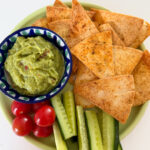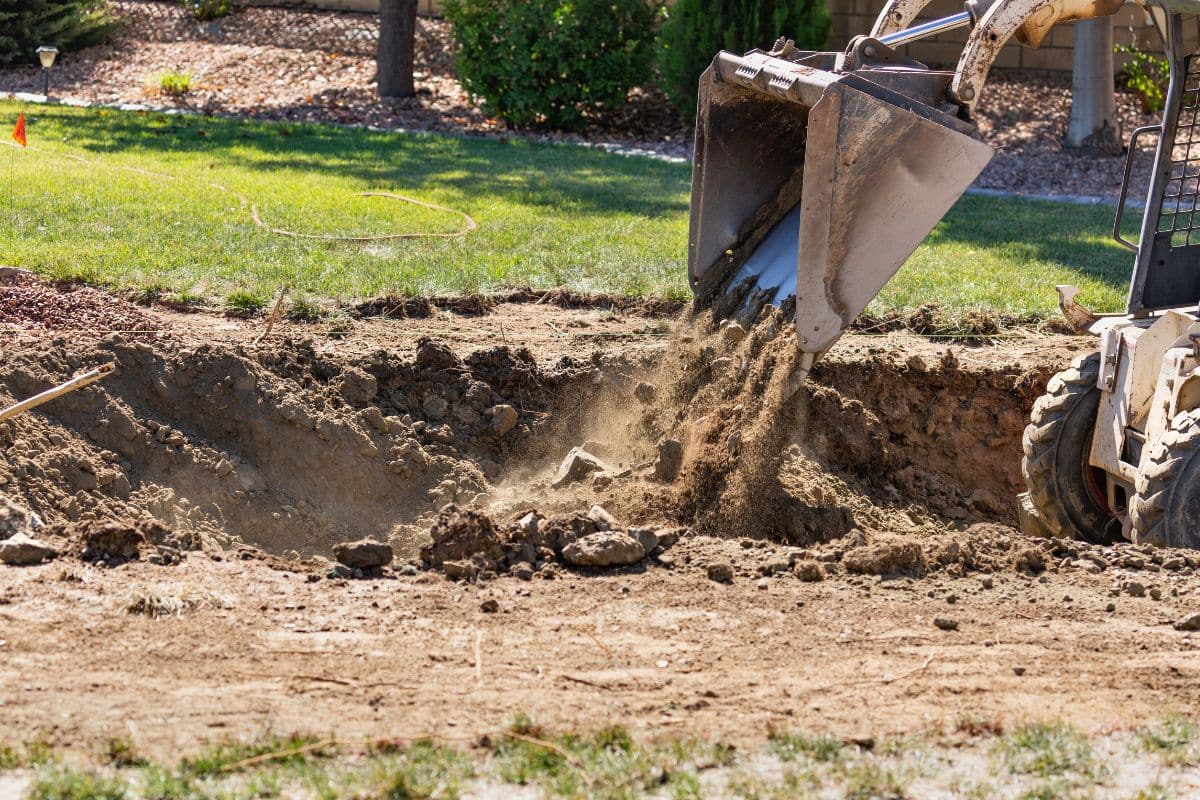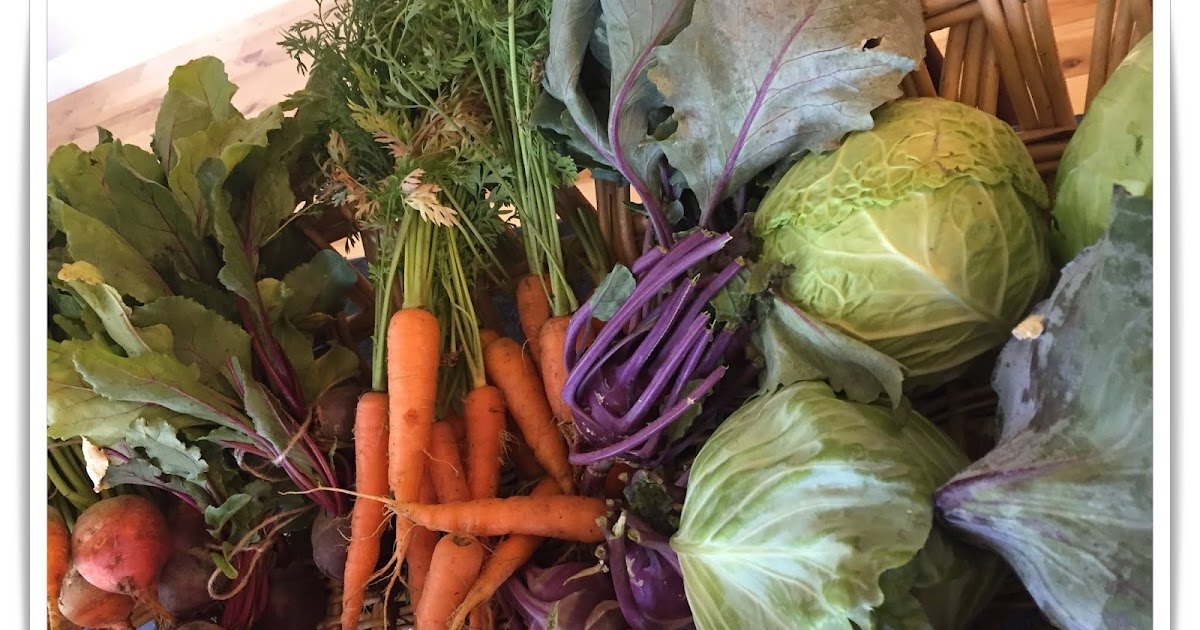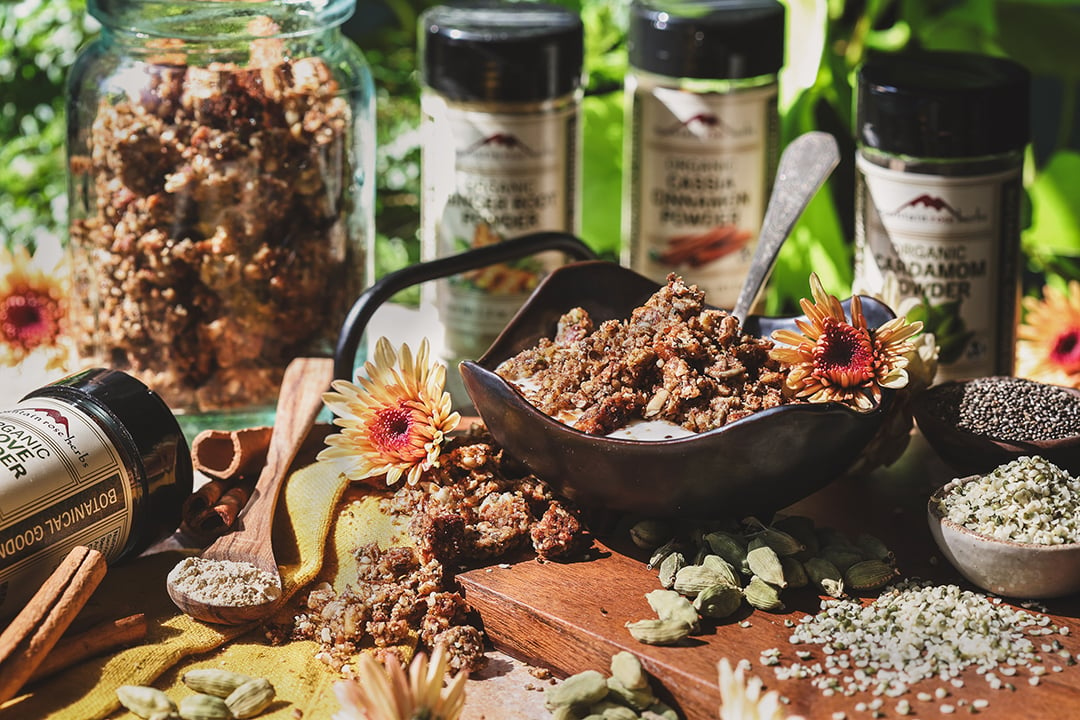Picture this scenario : you’re at a gathering, holding a cold beer, but there’s no bottle opener in sight. This common predicament has sparked countless creative solutions throughout history. Learning alternative methods to open beer bottles proves invaluable for outdoor adventures, parties, or emergency situations when conventional tools aren’t available.
The physics behind opening bottles remains consistent regardless of the method used. You need leverage and pressure applied at the right angle beneath the bottle cap’s crimped edges. Understanding this principle helps you identify potential tools in your surroundings. Most household items can serve as makeshift openers when used correctly.
Household items that work as bottle openers
Your kitchen contains numerous hidden bottle openers waiting to be discovered. A sturdy spoon works exceptionally well when positioned under the cap’s edge. Hold the bottle firmly and use the spoon’s handle as a lever, applying upward pressure until the cap pops off. This method requires minimal force and rarely damages the bottle.
Keys represent another reliable option, particularly house keys with thick, sturdy construction. Position the key’s teeth under the cap’s edge and lever upward. Car keys work better than smaller keys due to their increased durability and leverage capability. However, be cautious not to bend or break your keys during the process.
Kitchen knives, while effective, require extra caution. Use the blunt edge opposite the blade, never the sharp cutting edge. Position the knife perpendicular to the bottle and apply gentle pressure. This method works best with thicker, more robust knives that won’t bend under pressure.
Belt buckles offer surprising effectiveness as bottle openers. Remove your belt and use the buckle’s edge to catch under the cap. The metal construction provides excellent leverage, and the technique feels natural once mastered. Many outdoor enthusiasts consider this their go-to emergency method.
Coins, particularly quarters or similarly sized denominations, work through careful manipulation. Fold the coin’s edge under the cap and twist while applying upward pressure. This method requires patience but proves reliable when other options aren’t available. Just like putting a coin in the freezer for food safety, simple items often have unexpected practical applications.
Outdoor and improvised techniques
Nature provides numerous solutions for opening bottles without traditional tools. Rocks with sharp edges work effectively when you find ones with the right shape and hardness. Look for rocks with thin, sturdy edges that can slip beneath the bottle cap. Granite and similar hard stones prove most reliable for this technique.
Tree branches, particularly those from hardwood trees, can serve as natural bottle openers. Find a branch with a Y-shaped fork or a sharp edge. Position the branch securely and use it as you would any other lever-based opener. This method works best with fresh, green wood that won’t splinter easily.
Concrete steps or sidewalk edges offer another outdoor solution. Find a clean edge and position the bottle cap against it at a slight angle. Apply downward pressure while maintaining control of the bottle. This technique requires practice to avoid spillage but proves highly effective once mastered.
For those spending time indoors, furniture edges can substitute for dedicated openers. Table edges, particularly those with metal trim, work well. Wooden furniture requires more caution to avoid damage. Always protect surfaces with cloth or paper towels when attempting this method.
Similar to how proper storage locations matter for potatoes, the right environment and tools make all the difference when opening bottles creatively.
Safety considerations and proper technique
Safety should always remain your primary concern when opening bottles without proper tools. Sharp objects require extra attention to prevent cuts or injuries. Never use broken glass, damaged metal, or any tool that could splinter or break during use.
Proper grip technique prevents accidents and ensures success. Always maintain firm control of both the bottle and your improvised opener. Position your hands away from potential slip zones and apply pressure gradually rather than using sudden force. This approach reduces the risk of injury and bottle breakage.
Eye protection becomes important when using certain methods, particularly those involving potential flying debris. Metal-on-metal contact can create sparks or small metal fragments. Consider turning away from others when attempting these techniques to protect everyone nearby.
Practice these methods beforehand rather than attempting them for the first time during important occasions. Familiarity with the techniques increases success rates and reduces accident risks. Start with less valuable bottles to perfect your technique before using it on special beverages.
Creating organized living spaces, like using compact furniture solutions for small areas, helps ensure you have proper tools available when needed. However, knowing alternative methods provides valuable backup options.
Professional tips for consistent results
Temperature affects bottle opening difficulty significantly. Cold bottles often resist opening more than room-temperature ones due to metal contraction. Allow extremely cold bottles to warm slightly for easier opening, or apply extra patience and force when necessary.
Bottle cap types vary between manufacturers and can impact opening difficulty. Some caps have deeper crimps or thicker metal construction. Recognizing these differences helps you adjust your technique accordingly. European bottles often have different cap styles than American ones.
Leverage points matter more than brute force when opening bottles. Position your improvised opener as close to the cap’s edge as possible for maximum effectiveness. Multiple small movements often work better than one strong attempt, especially with delicate improvised tools.
Consider the bottle’s value before attempting alternative opening methods. Rare or expensive bottles deserve extra caution, and traditional openers might be worth obtaining rather than risking damage. However, standard commercial bottles can usually withstand these techniques without issue.
Like understanding proper refrigerator storage times for foods or knowing innovative gardening techniques with organic materials, mastering these bottle-opening skills adds practical knowledge to your daily life toolkit.
Remember that practice makes perfect with any alternative opening method. Start with easier techniques like spoons or keys before progressing to more challenging methods. With time and experience, you’ll develop the confidence to open any bottle regardless of available tools.










